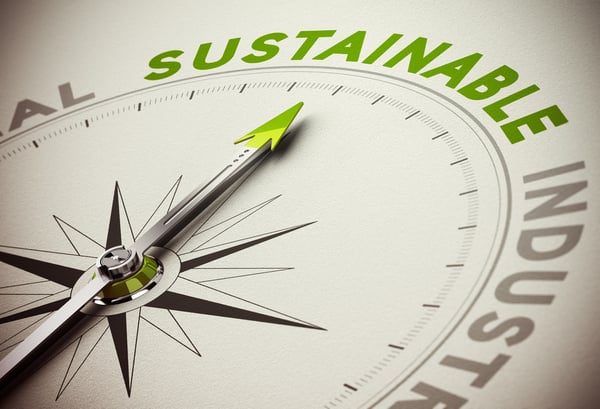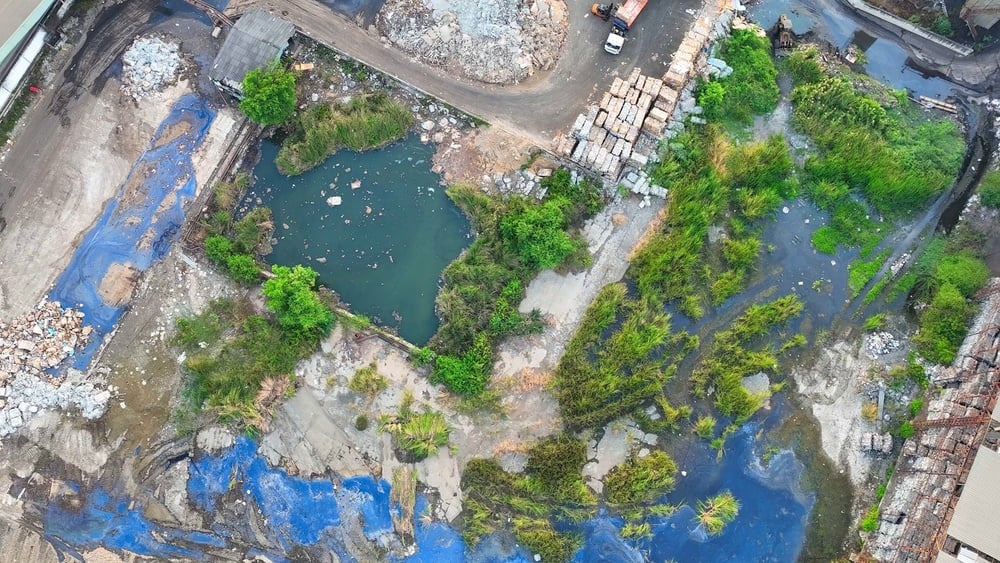‘Tis the season – for getting your end-of-year ducks in a row and thinking about what the next year will bring. For many companies, that means thinking about sustainability reporting – whether to report, and if so, how to report. In this three-part series, we’ll talk about the global setting for sustainability reporting and available frameworks in Part I and the key components of a sustainability report in Part II, and in Part III, we’ll give you an example of how you can use existing tools in your arsenal (i.e., managing your environmental, health and safety (EHS) compliance) as a baseline for gathering meaningful data in establishing your company’s sustainability objectives and demonstrating progress in meeting them.
As people gain access to information, they start to form their own opinions about which environmental issues matter to them the most – as consumers, investors, and as citizens. Many people are starting to evaluate their individual purchases and their long-term investments with at least a partial consideration as to how the companies they support act with regard to being a responsible steward for the environment. Many corporations now issue annual sustainability reports that are intended to provide consumers and investors with information on how they proactively managing their business practices to include sustainable programs that address environmental stewardship concerns.
Global expectations around sustainability reporting are evolving. The public has access to more information than ever before, and global opinions on corporate stewardship are as diverse as the populations themselves. Governmental agencies have traditionally been focused on measuring and controlling specific aspects of environmental matters, and have not as yet set their sights on creating “sustainability requirements” as a whole. For corporations, this means knowing which standards to use in creating a sustainability report can be a challenge, because there is no one regulatory protocol to follow, as there is with so many other aspects of managing a business, from accounting, to human resources, to environmental permitting and compliance.

Why is this the case? Let’s look to how complicated it can be to create a regulatory protocol for just one aspect of sustainability, that of addressing climate change. At an individual level, national governments can each pass legislation around managing air emissions and regulating greenhouse gases. These requirements are based on multiple factors, including existing air pollution conditions, the nature of industries present in that country, and the availability and technical feasibility of pollution reduction alternatives.
If you consider this issue on a global scale, the challenges multiply almost exponentially. Intergovernmental organizations such as the United Nations (UN) and the World Trade Organization (WTO) are trying to develop climate change strategies that balance scientific principles and business objectives, and that will achieve reasonable targets. Solutions proposed by these organizations must not only have global consensus on what the problem is and how to fix it, but also agreement by almost 200 different parties that they will comply with the final solutions. This process is necessary, but can take a long time.
For example, the UN’s Paris Climate Accord is intended to align national governments around addressing global climate change. It was brought into force in 2016; however to-date, only 187 of the 197 Parties to the Convention have ratified the Accord. Further, the Accord requires each Party to submit nationally determined contributions (NDCs) every five years, and to-date, although 184 Parties have submitted an NDC, only one Party has submitted a second NDC. Even though this agreement has been in place for several years, full compliance by member parties is still a long way off.
This can leave corporations in a state of flux, wherein they have to determine how they can best position themselves with regard to global climate change. And yet, climate change is just one small aspect of sustainability reporting. Pulling back to sustainability reporting as a whole, you can see how looking to governmental organizations – whether they are local, national, or global – may not provide answers in the near future.
Because of the lack of globally accepted standardization or regulation around sustainability reporting, companies can choose how they want to present their stewardship programs and the results of such programs. Fortunately, while there are not necessarily regulatory requirements that dictate what a sustainability report must include, there are several internationally recognized standards by which companies can measure and report on their sustainability efforts.
Leading sustainable corporations typically report using one or more of these standards:
- the UN’s Sustainable Development Goals (SDGs);
- the Sustainability Accounting Standards Board (SASB) standards;
- the International integrated Reporting Committee (IIRC) guidelines; or
- the Global Reporting Initiative (GRI)
Each standard has its own benefits – and because there are no regulatory requirements, you can select the elements that best suit your current situation. In Part II of this series, we’ll talk about the primary components of a sustainability report, and how these standards fit in.
Finally, if you are interested in how the leaders in sustainability are performing, there are several ways to evaluate this – one such tool is the family of Dow Jones Sustainability Indices (DJSI). The DJSI provide information on the relative financial success of global companies that have been determined by RobecoSAM to be “best in class” with regard to sustainability practices, including corporate management, climate change initiatives, sustainability, supply chain management and labor practices. Interested parties can dig further into the individual businesses included in the DJSI by reviewing the specific sustainability reports and stock performance of the companies comprising each index.
The DJSI incorporates many of the guidelines and expectations of the standards listed above. In this way, companies and investors can find some common language by which they can compare the results of sustainable practices across industries or across regions. Having a common language is a key step in developing global consensus over environmental stewardship, whether it be around climate change initiatives such as those promoted under the Paris Accord, or around sustainability reporting as a whole. The DJSI and various reporting standards ensure that the common language uses technical data and quantitative analyses as the basis of measurement, which provides regulatory bodies and global consortiums a mechanism on which they can base future requirements and standards.
In the meantime, the tools listed above can help you ensure that your sustainability report meet public expectations and position yourself well for the future of reporting.




